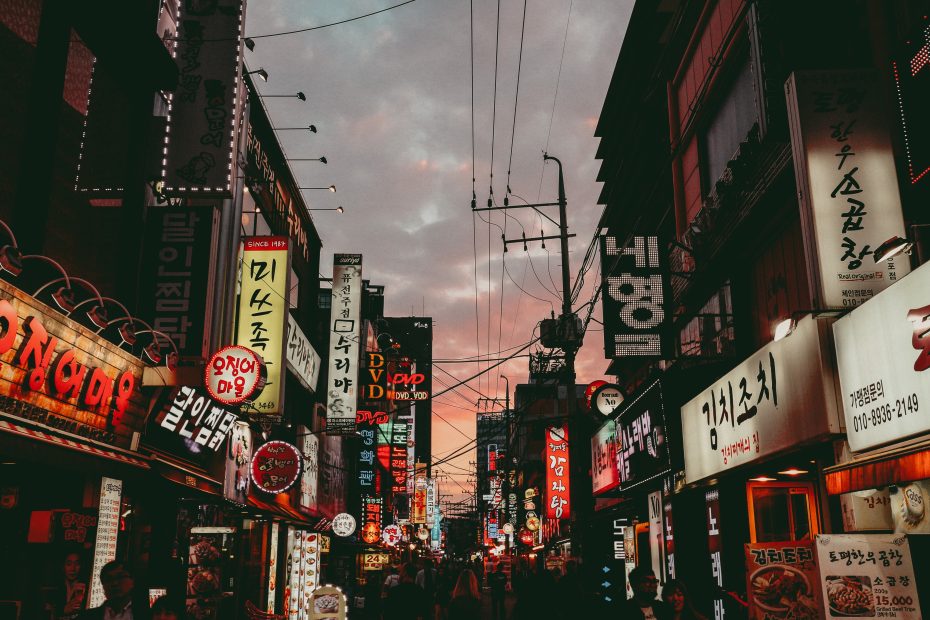Table of Contents
Introduction
Despite its reclusive nature, North Korea possesses a distinct and fascinating cultural heritage. From its ideology of Juche and reverence for leadership, to its unique architecture and cuisine, many traditional elements make North Korean culture truly exceptional. However, preserving these traditions has become increasingly difficult amidst generational changes, resource constraints, and technological developments. This article delves into the singular facets of North Korean culture, efforts to maintain its heritage, and the challenges in balancing innovation with tradition. Read on for an illuminating look at this secluded country’s captivating yet fragile cultural identity.
Overview of North Korean Culture and Traditions
At its core, North Korean society revolves around several pivotal beliefs and customs that provide a foundation for daily life.
Juche Ideology
The philosophy of Juche, meaning self-reliance, guides much of North Korea’s cultural identity. It emphasizes independence, self-sustenance, and loyalty to the country above all else. This principle shapes many aspects of culture and governance.
Respect for Leadership
North Koreans are raised to treat their leaders with utmost reverence. Homage to ruling family members, especially founders Kim Il-Sung and Kim Jong-Il, can be seen in countless monuments, celebrations, and rituals embedded in daily life.
Importance of Family
Close family ties are extremely important in North Korean culture. Households often consist of extended family living together. Loyalty and respect for parents, grandparents, and ancestors is instilled from a young age.
Traditional Arts and Crafts
North Korea values its traditional arts like painting, music, and dance. Folk crafts such as embroidery, paper making, and woodworking are also preserved through generations.
Unique Aspects of North Korean Culture
Beyond its central ideological pillars, North Korea retains many cultural distinctions that set it apart from other nations.
Distinct Architecture and City Planning
North Korean cities feature socialist-style architecture on a huge scale. Grand boulevards, imposing monuments, and bold Soviet-inspired buildings create a unique urban aesthetic.
Traditional Clothing and Fashion
North Korean attire draws from classic Korean fashion but maintains a distinctive flair. Women often wear the traditional chosŏn-ot dress while men don suits or military uniforms. Distinctive lapel pins indicating loyalty to leaders are commonly worn.
Cuisine
Food culture in North Korea centers around staple dishes like kimchi and rice but offers singular flavors influenced by Russian and Chinese cuisine.ingredients. The cold noodle dish naengmyeon is a popular national favorite.
Efforts to Preserve Cultural Traditions
Despite increasing isolation, North Korea actively strives to maintain its cultural customs and heritage. This dedication stems largely from Juche’s emphasis on independence and self-reliance.
Museums and Historical Sites
Numerous museums and landmarks preserve North Korean history and tradition. The Korean Central History Museum in Pyongyang educates citizens on culture, arts, and leadership lineage.
Continued Practice of Customs
Daily North Korean life integrates longstanding customs like ancestral memorial rites, traditional dress, music and arts. Holidays highlight cultural pride through events linked to historical leaders.
Limited Outside Influences
North Korea’s closed borders and censorship of foreign media aim to limit external cultural influences. Maintaining Korean heritage and purity is prioritized over most international engagement.
Challenges in Maintaining Traditions
While North Korea actively cultivates its national identity, preserving heritage long-term poses difficulties as the country evolves.
Generational Changes
Younger generations are gradually drifting from strict traditional principles and embracing subtle cultural shifts. This threatens traditions based on unquestioning loyalty to leadership and Juche philosophy.
Resource Constraints
Economic struggles make preserving heritage sites and cultural education programs increasingly difficult. Lack of materials also hinders traditional crafts and clothing production.
Technological Advancements
Despite stringent censorship, increasing telecommunications access exposes many North Koreans to outside media influences. This challenges cultural isolation and traditional conformity.
Looking to the Future
Preserving its unique identity remains crucial for North Korea. However, accommodating generational preferences and pragmatic innovations may require softeningonce-rigid adherence to traditional principles.
Balancing Innovation and Tradition
North Korea will need to allow moderate cultural flexibility and openness while retaining heritage. Leaders must acknowledge generational differences and modernization needs without fully abandoning Juche roots.
Cultural Exchange
Very limited, targeted cultural exchange could help North Koreans economically while preventing excessive foreign influence. However, this requires nuanced balance to avoid destabilizing traditions.
Evolving Role of Youth
Younger generations may play key roles in guiding North Korea’s cultural evolution. Their fluency in technology and awareness of outside cultures positions them to innovate amidst tradition.
Conclusion
North Korea’s distinct cultural traditions have remained relatively untouched due to the country’s isolationism and adherence to legacy principles like Juche. Preserving this heritage is prioritized but challenged by generational shifts and resource constraints. Moving forward, North Korea must craft a delicate balance between safeguarding its identity and adapting pragmatically. With careful cultivation, the nation can retain its unique traditions while evolving. North Korea’s cultural character remains complex and captivating.
FAQs
What are some of North Korea’s main cultural traditions?
Some key cultural traditions include the Juche ideology of self-reliance, immense reverence for leadership, close family ties, unique architecture and city planning, traditional arts and crafts like painting and embroidery, and staple cuisine like kimchi and rice.
Why does North Korea want to preserve its cultural heritage?
Preserving cultural heritage stems from Juche’s emphasis on independence and maintaining purity from foreign influences. Traditions reinforce national pride, identity, and continued loyalty to North Korean leadership.
How does North Korea aim to protect its cultural traditions?
Methods include cultural education through museums and historic sites, enforcing traditional customs in daily life, isolating citizens from outside media, and censoring foreign influences. The goal is maintaining cultural authenticity.
What issues make preserving traditions challenging today?
Generational shifts, resource constraints, and increasing technology/outside media access challenge preserving North Korea’s cultural status quo. Younger citizens often drift from traditional principles.
How might North Korea balance change and tradition moving forward?
North Korea may need to moderately embrace cultural change to accommodate pragmatism and generational preferences while still retaining Juche ideology and other foundational heritage elements. Limited cultural exchange could help economically without sacrificing key traditions.
